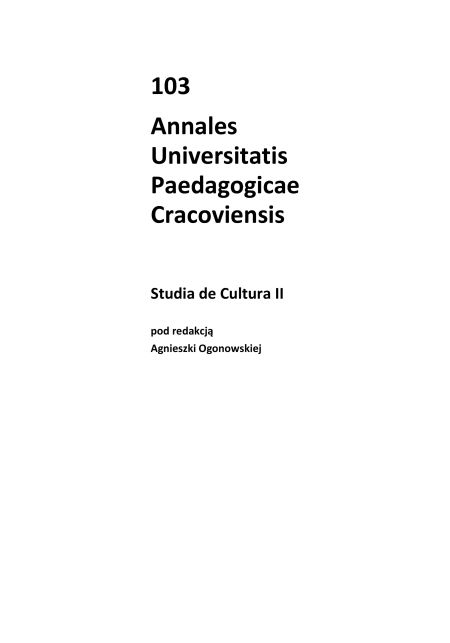Abstrakt
The use of modern computer techniques for measuring emotions on the basis of analysing photographs
The article presents the technology of eyetracking and the possibilities of using it in computer analysis of the perception of images in a photograph. The traditional method of reading emotions observed in a photograph is difficult and imprecise. Based on verbal relations and impressions of the viewers, it is possible to create an approximate model of perception of specific emotions conveyed by a given message. The subjectivity of perception signals related to many independent variables is often the reason for inaccuracy of the drawn conclusions. Modern computer techniques use the computer as the basic tool for processing large amounts of data in the form of text, images, sound and animations. Including computer in the research process considerably improves the quality and increases the likelihood that the achieved results are accurate. The fundamental factor influencing the changes is related to the mathematization of the results, having a direct impact on the increase of their objectivity. Eyetracking is a new measurement tool which proves effective in answering the issue how people perceive reality. The article presents a method of analysing photographs with the use of the eyetracker. The following issues are discussed: analysis parameters, the achieved results and the method of interpreting them. The whole description is presented on the example of particular photograph selected in order to carry out actual analysis constituting a part of the in-depth scientific research conducted by the authors.
Bibliografia
Byrne M.D., Anderson J.R. (1999), Eye tracking the visual search of click-down menus. Proceedings of the SIGCHI conference on Human factors in computing systems: The CHI is the limit, Pittsburgh, Pennsylvania.
Zobacz w Google Scholar
Hedgecoe J. (2005), Nowy podręcznik fotografii, przeł. K. Wojciechowski, Warszawa.
Zobacz w Google Scholar
Sontag S. (2009), O fotografii, przeł. S. Magala, Kraków.
Zobacz w Google Scholar
Wawer R., Wawer M., Rzemieniak M. (2010), Przełomy w ocenie postrzegania reklamy zewnętrznej, Studia i Prace Kolegium Zarządzania i Finansów, z. 100, Szkoła Główna Handlowa w Warszawie.
Zobacz w Google Scholar
Wawer R. (2008), Animacja komputerowa w procesie kształcenia, Lublin.
Zobacz w Google Scholar
Wawer R., Wawer M. (2010), Eyetrackingowa identyfikacja wyróżników postrzeżeniowych w edukacyjnej rzeczywistości wirtualnej, w: Technologie informacyjne w warsztacie nauczyciela, Kraków.
Zobacz w Google Scholar

